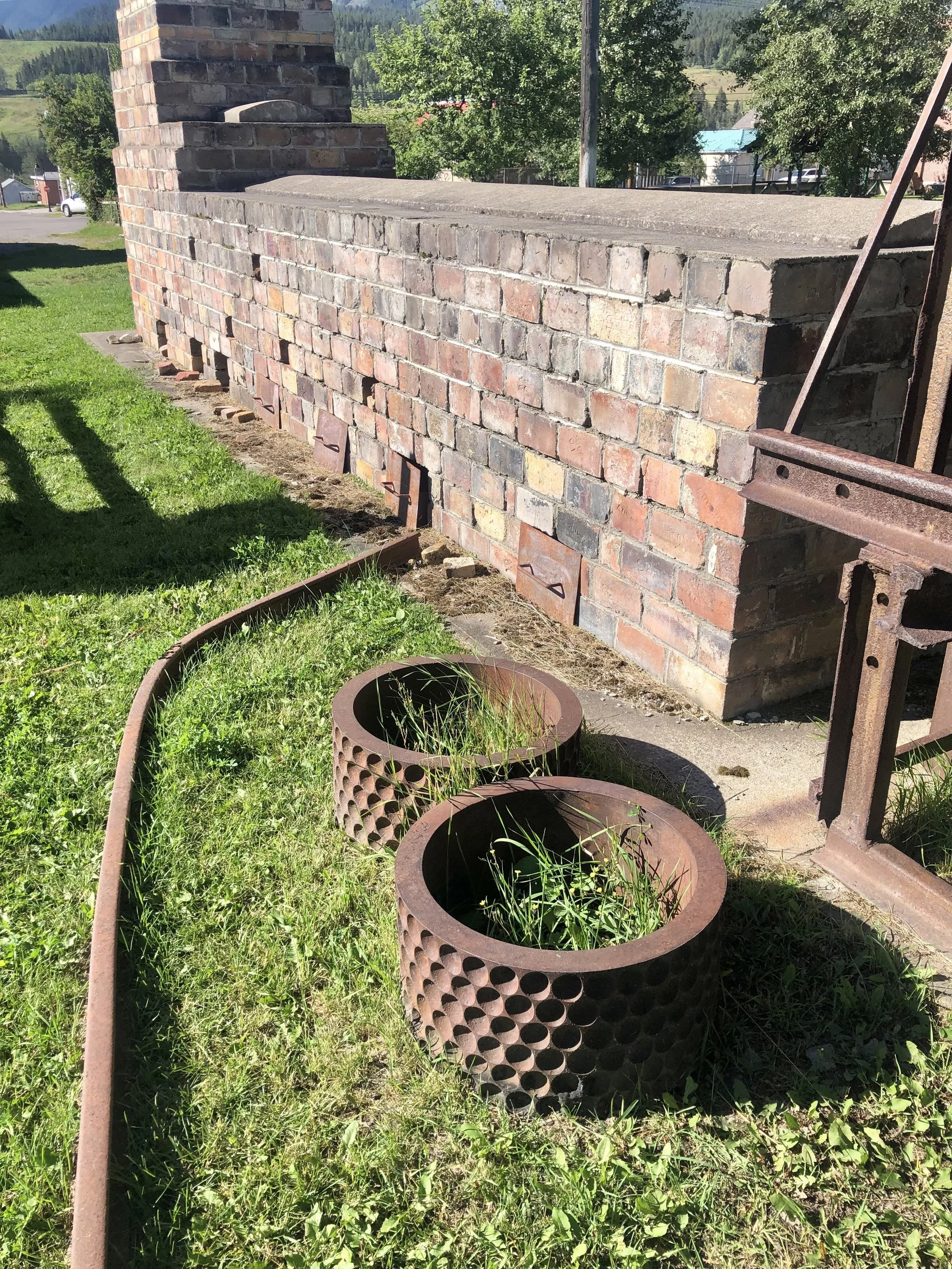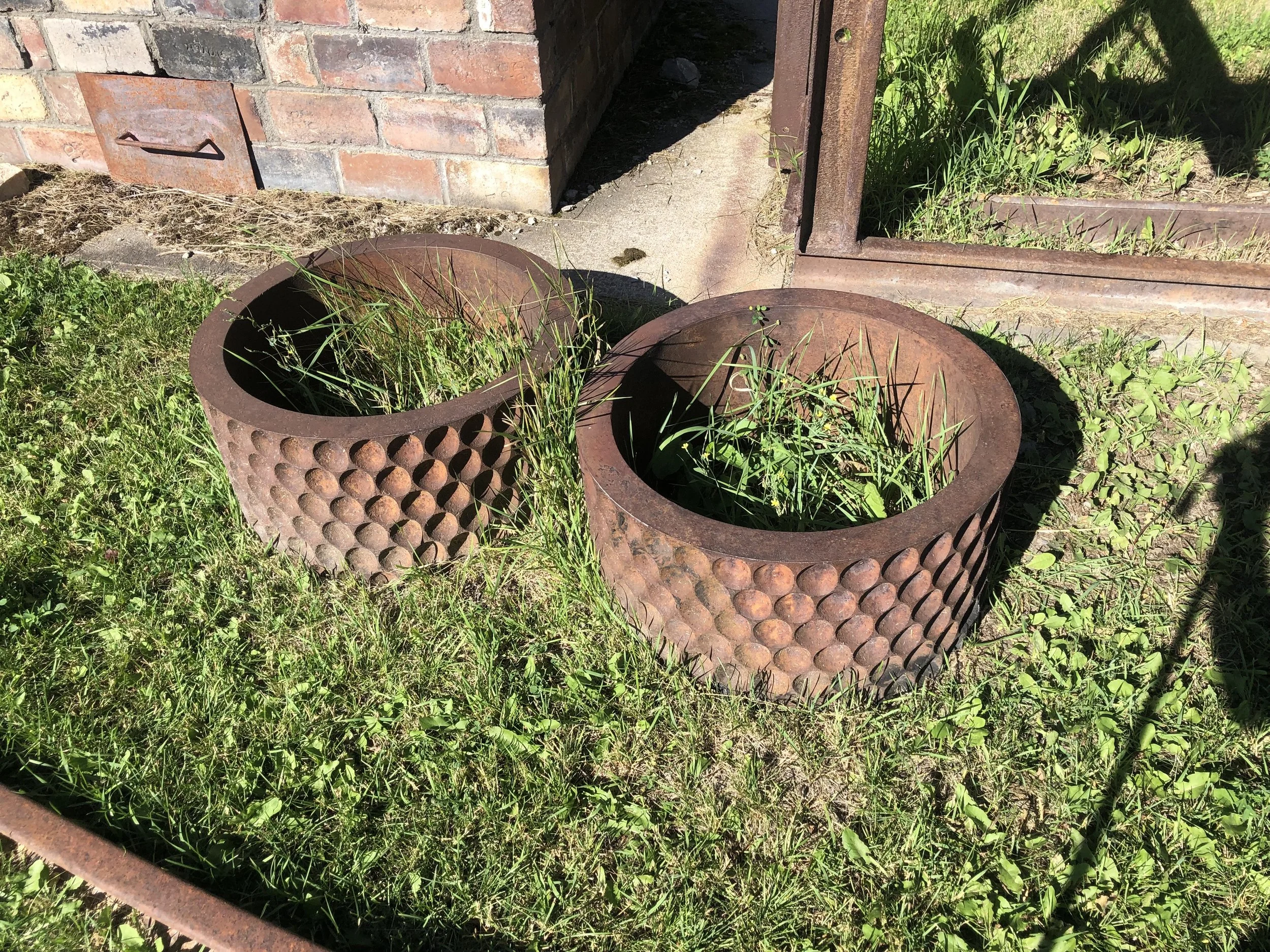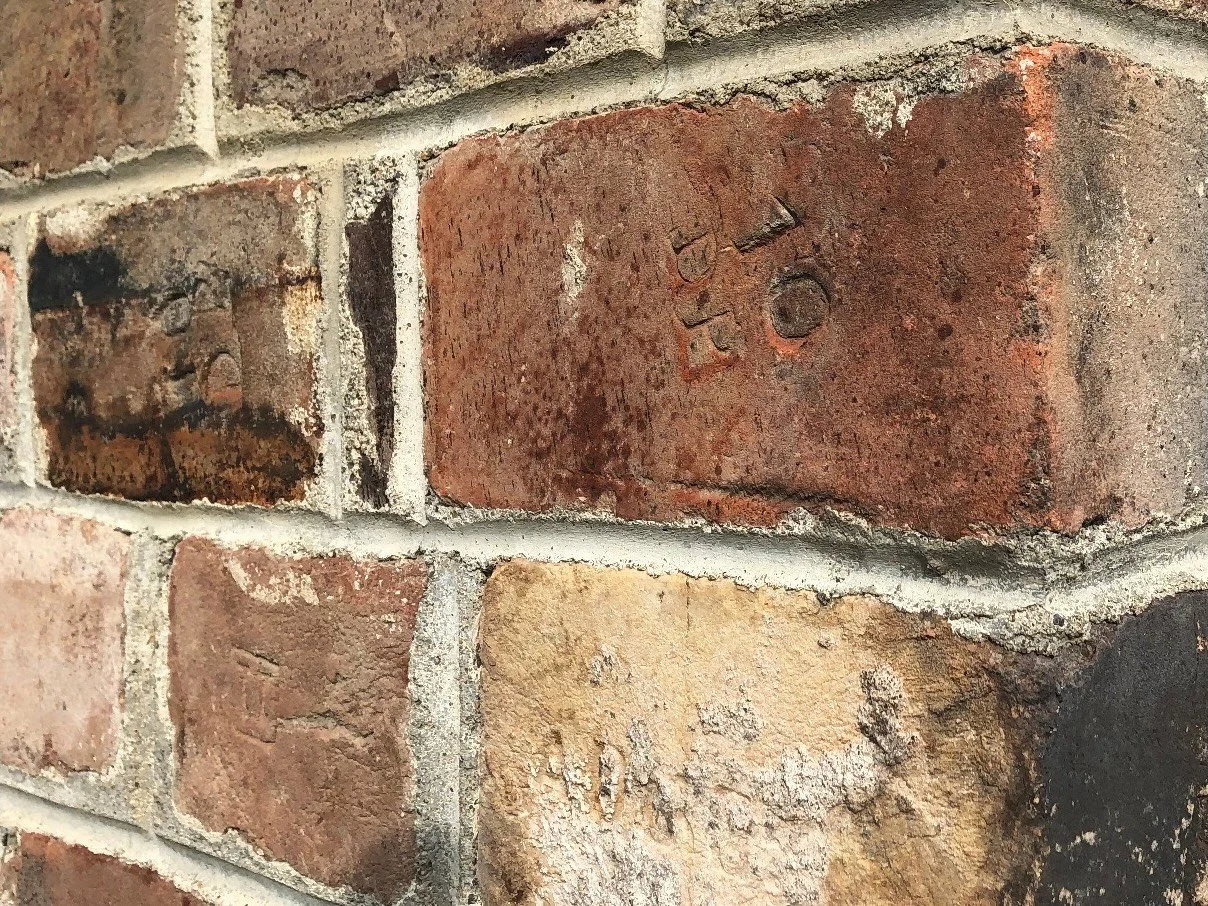Looking Back: Black Pillows for Your Stove
A strategic move to recapture some of the coal market
In the Crowsnest Museum display yard, next to the giant brick rail bender, you will find two cast iron cylinders with symmetrical indentations on their outer rims. Segmented pockets on wheels if you will. To the uninformed eye they might seem a mystery but they are in fact briquette presses, and there-in lays a story.
In the early 1950’s the coal mines in the Pass, namely West Canadian Collieries (Blairmore-Bellevue) and Coleman Collieries Ltd , made a strategic move to recapture some of the coal market. They did this by installing special plants designed to produce briquettes. Pillow shaped compact coal, all identical in size, which was perfect for coal stoves, furnaces and fireplaces. In the case of Coleman Collieries a $500,000 plant was built alongside the existing International Tipple. They situated it so that two existing storage bins of 800 tons each could be used to store briquettes or slack coal. The bins were originally used to charge the now defunct coke ovens. High pressure steam was needed for this new plant so an additional boiler to the existing one at the International tipple was added.
It should be noted that there was sound reasoning for this move to briquettes. Mined coal is friable and breaks down leaving a percentage of it as what they term “slack“or very fine coal. It is no good for stoves and furnaces because you need air circulation around the coal to build a lasting fire. Normally this coal was wasted but the emergence of briquetting brought the opportunity to use the slack.
The process of forming this slack coal into a nice compact briquette required the use of asphalt which acts as a binding agent to hold the briquette together. To keep the asphalt in a liquid condition, two ten thousand gallon insulated and steam heated tanks were also installed. The briquetting unit itself was called a Komerak-Greaves press and could produce thirty tons of briquettes per hour. That worked out to about a quarter of a million of those easy to handle pillows in a year. The mixture of asphalt and coal was fed by a rotating screw that fed it between the pocketed rollers. As they rotated against each other, briquettes were formed and dropped onto a slow moving cooling conveyor. The existing railroad sidings near the plant were used for unloading slack and loading briquettes. This was a big investment at the time when coal was beginning to decline. I can remember being sent to fill our coal bucket with briquettes. It was so much cleaner.
I also recall that my father worked in that plant for a time overseeing the briquette production. He took me there, as a young child, to show me the platform that looked down on the mixer and to watch the briquettes being ejected and move on the conveyor. It was rather amazing to watch the rows of fresh steaming briquettes slowly rolling up that belt. He told me a story some years later about a crazy thing that happened there late one afternoon shift. He said he was looking down into the mixing bin, making sure everything was moving properly. It was hot and he nodded off briefly while leaning over the railing and his wire frame glasses fell into the mixing bin. His glasses were pretty beat up as I recall and being Scottish he had them held together with wire and solder. In a panic he ran up the gangway alongside this slow moving cooling conveyor, hoping to see if they had survived. Rows of briquettes passed him and then here came his glasses. He was astounded to see that a briquette had been formed on each of the lenses but had not broken them. Wire frames are very flexible and this was surely a test of that. And yes he still wore them for years after.
Author’s Note:
There is an amazing story behind the construction of the museum rail bender itself. It was built by a remarkable man named Ferucio DeCecco. It is a re-creation of one that was built at the Greenhill Mine in Blairmore, where they made curved rail roof supports for their mine entry. The Blairmore bender was built using bricks repurposed from the Lille coke ovens. If you study the bender closely you will see the unusual different lettering that was stamped into each individual brick in order for them to be reassembled properly at the Lille coke oven site.





